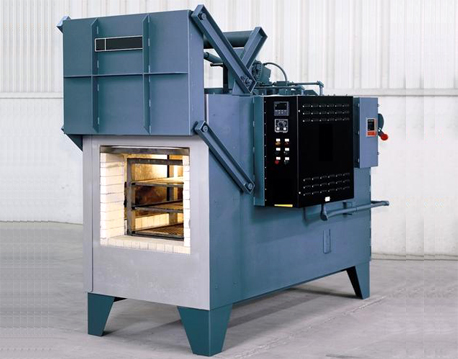
هر آنچه در مورد کوره های صنعتی باید بدانید
This article discusses the TransTemp Transparent Tube Furnace and some of the factors which need consideration when specifying a new electrical resistance heated furnace.
- Furnace Geometry
- Operating Temperature
- Type of Controls
- Future Expansion
- Uniformity
- Atmosphere
- Standard vs Custom
- Cosmetic IssuesFurnace Operating Temperature
One of the first things to consider is the preferred operating temperature that will be utilized most frequently. “Most often’ because many new industrial and lab furnace buyers often believe that one furnace can operate through a wide temperature range.
For example, a common query would be, ‘I need a furnace that can be used from 1000 °C to 1800 °C” While this request is certainly possible the requested temperature range crosses all three temperature limits and price ranges. This is a usual mistake which leads to sticker shock which can be discouraging to new furnace buyers. Upon further deliberation, the user can escape to the fact that 95% of their procedures only require a maximum temperature of 1100 °C, which will be more cost effective and realistic at purchase time.
Vertical Split Tube Furnace industrial and Lab furnaces can be split into three temperature ranges, according to their heater technology. The first uses a wire heating element technology which extends to a maximum of 1300 °C, although some special use applications claim up to 1400 °C. The second category employs silicon carbide (SiC) heating elements and usually has a working upper range of 1550 °C. The third category is based on molybdenum disilicide (MoSi2) heating elements which can easily attain 1750 °C, and with care can be utilized up to 1800 °C.
